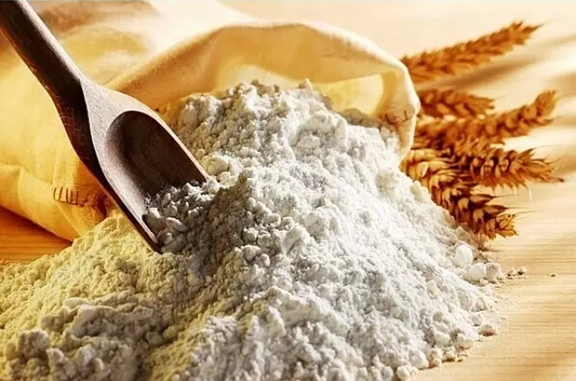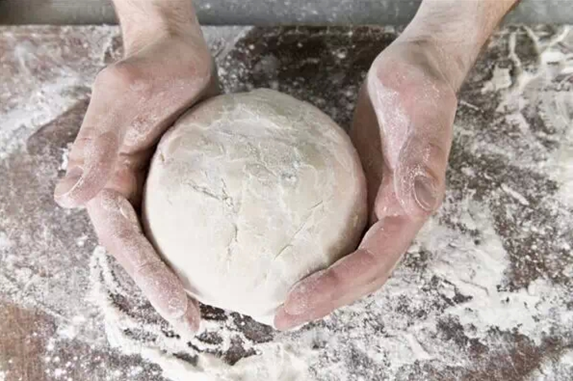What is heat-treated flour? How do you use it?
Release time:
2020-04-22
Modified flours are often used to produce heat-treated flour or to directly heat-treat flour, in order to alter the properties of the final flour. We can broadly classify heat treatment types into wet and dry.

Modified flour is often used to produce heat-treated flour or to directly heat-treat flour, in order to alter the final flour properties. We can broadly classify heat treatment types into wet and dry methods.

Wet treatment of wheat is often used to limit enzyme activity, resulting in flour that can be used as a thickener.
Wet treatment of wheat and flour may be used to induce a certain degree of gluten. These glutens can serve as a thickener based on their inherent properties. Wet treatment can also slightly reduce the number of microorganisms in flour, but this method is usually insufficient to kill bacteria.

Dry treatment of wheat and flour has a long history. In the early 20th century, it was used to correct the extensibility of gluten in different wheat varieties, but these uses are no longer common. Dry heat treatment of wheat and flour is mainly applied to the selection of chlorides in high-ratio cake flour. Many patents have specified the necessary heating conditions for correcting flour properties.
The mechanisms by which dry heat treatment improves properties are not yet fully understood, but they are likely related to the modified characteristics of the starch surface in the final flour. In the final stage of heat treatment, the flour is very dry. Obviously, the loss of moisture is related to the changes in the final form of the flour, but low flour moisture is not a cause of the efficient mechanism. When dry flour is rehydrated, the heat considered to be hydration is released. Unless compensatory measures are taken, this will lead to an unimaginable increase in cake baking temperature, and carbon dioxide gas will be released prematurely.
Next
Next:
Recommend News








